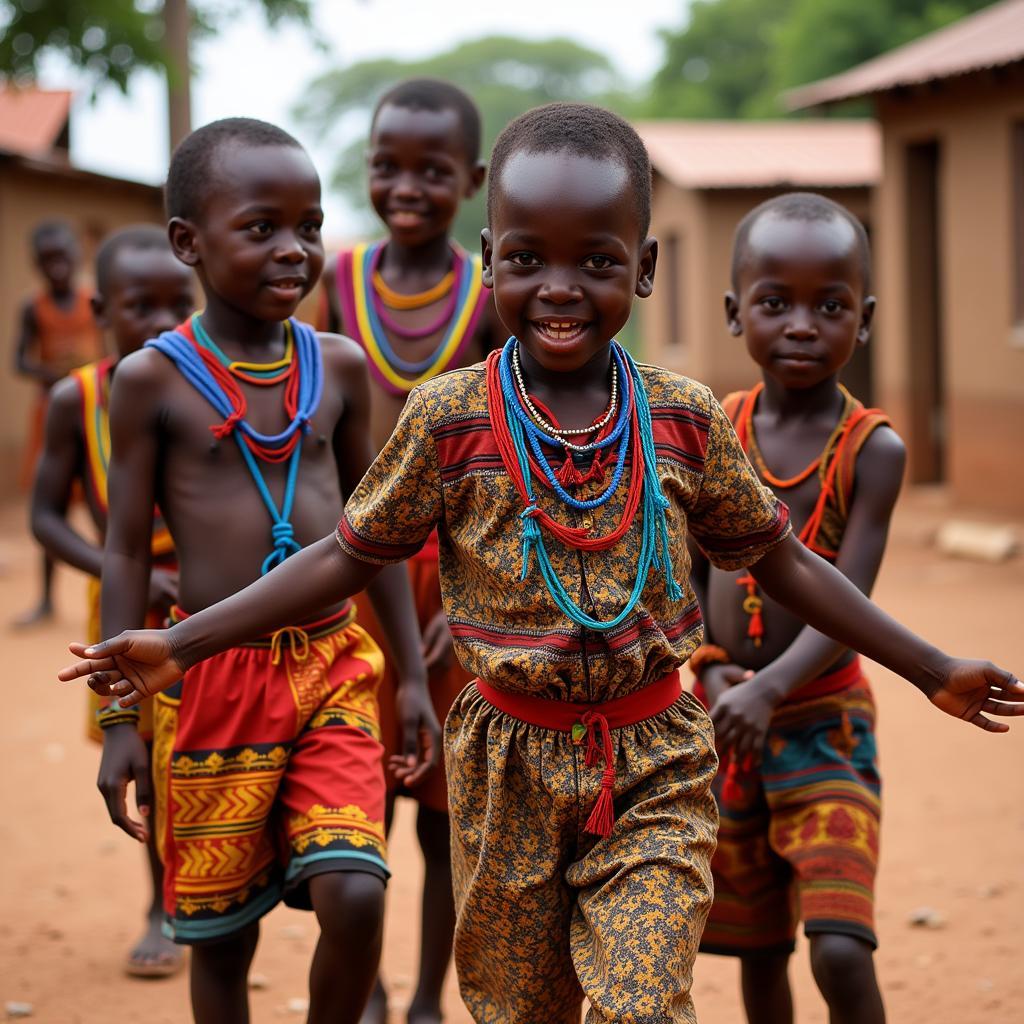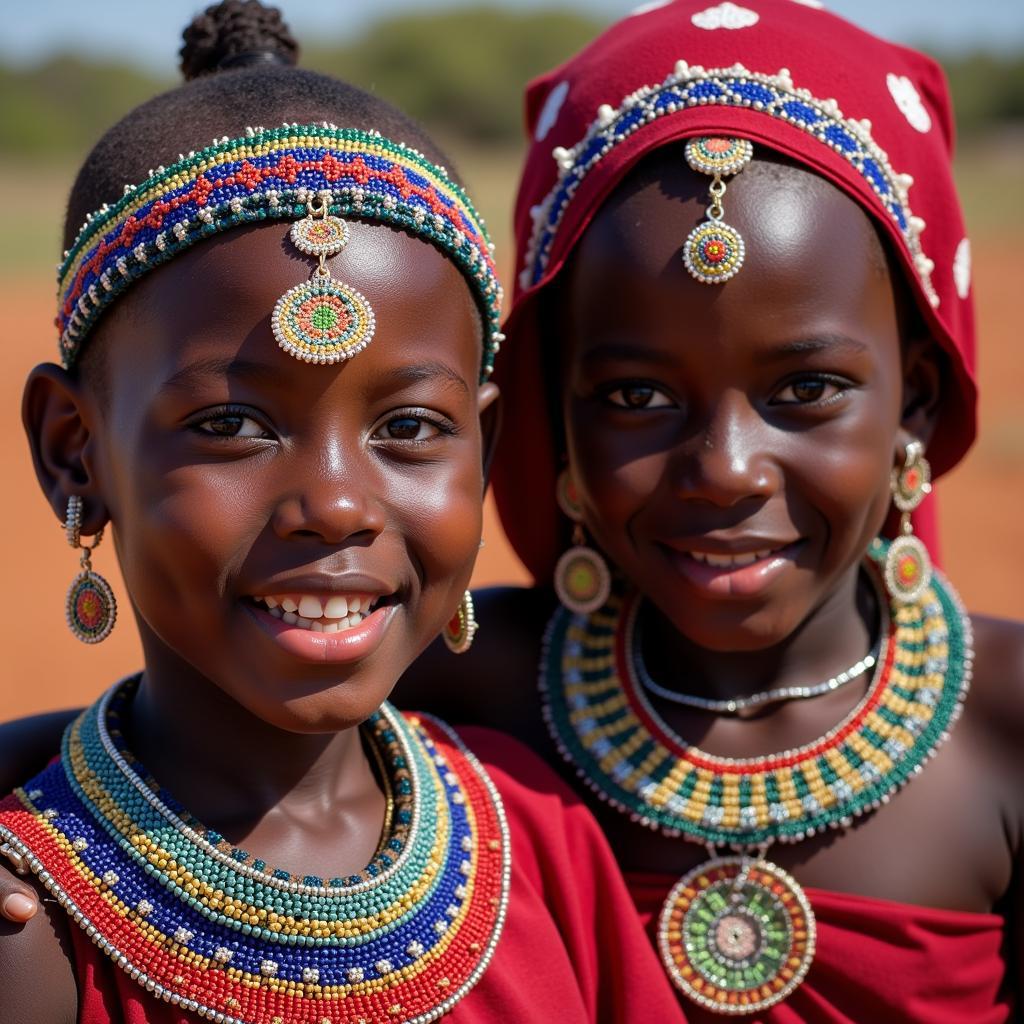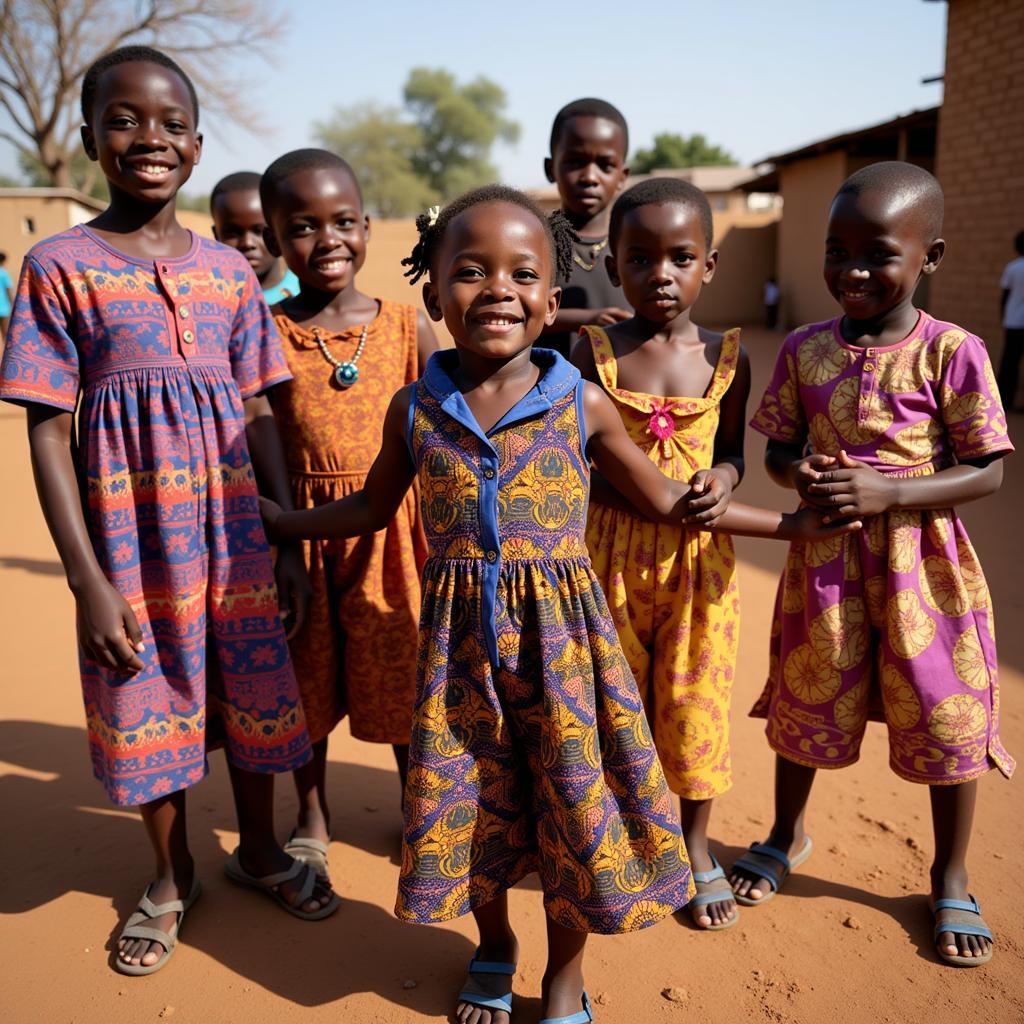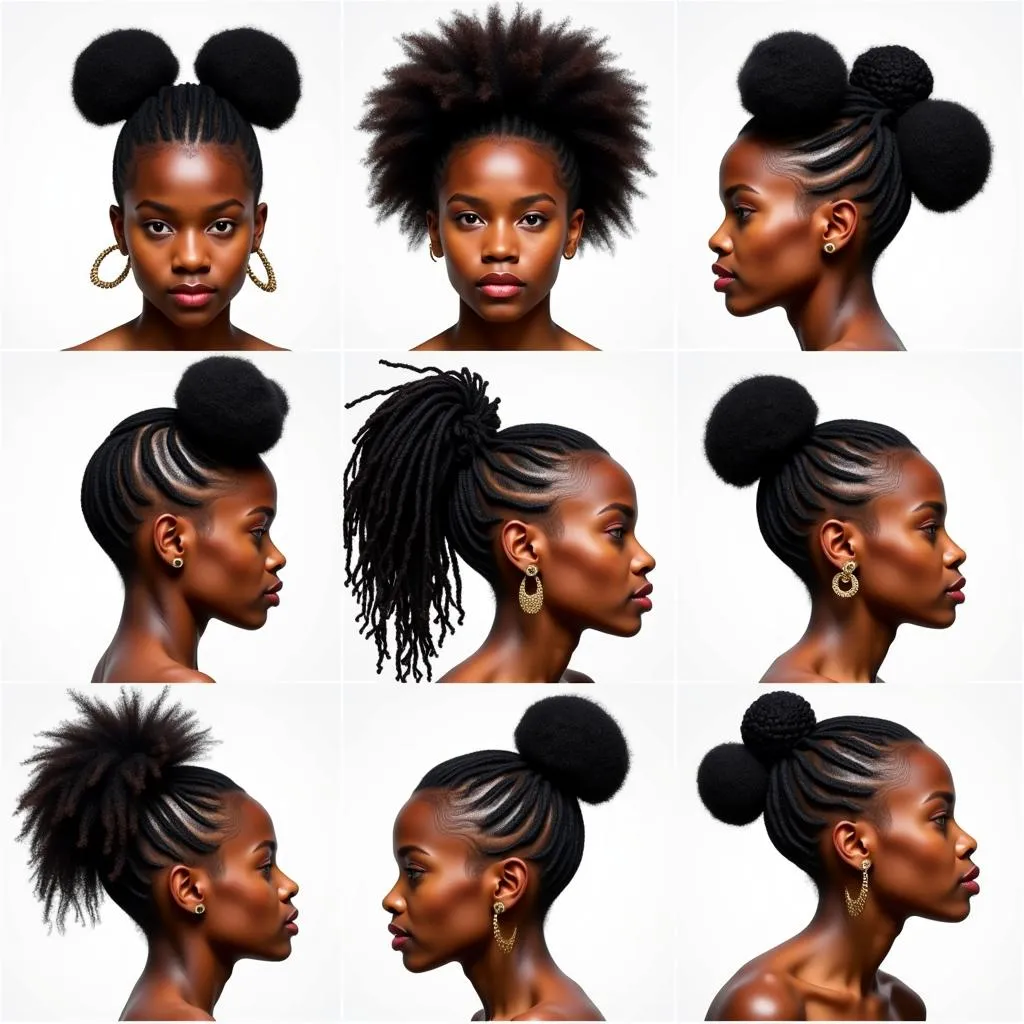African Kids Tribe Dress Kids: A Colorful Journey Through Culture and Tradition
African Kids Tribe Dress Kids: a phrase that evokes images of vibrant colors, intricate patterns, and a rich cultural heritage. Across the diverse landscape of Africa, children’s clothing reflects not just fashion, but also tradition, social status, and a deep connection to their ancestral roots. From the elaborate beadwork of the Maasai to the brightly printed fabrics of West Africa, each garment tells a story.
Traditional clothing for African kids is often more than just attire; it’s a symbol of belonging and identity. It connects them to their community and signifies their place within it. These garments often incorporate unique designs and embellishments that speak to the specific tribe or region they come from. In many cultures, the type of clothing worn by children changes as they grow, marking significant milestones and transitions in their lives. For example, a child might receive specific adornments or garments upon reaching puberty or completing an initiation rite.
The Significance of African Kids’ Tribal Dress
The clothing worn by African kids often holds symbolic meaning and plays an essential role in various ceremonies and rituals. In some tribes, specific colors and patterns are associated with protection, good luck, or spiritual significance. For instance, the Himba people of Namibia use red ochre on their skin and hair, a practice believed to symbolize life and earth. This cultural expression extends to their clothing choices as well. Similarly, the intricate beadwork seen in Maasai attire can communicate age, marital status, and social standing. These traditions are passed down through generations, ensuring the continuity of cultural practices.
Children in many African tribes are involved in daily activities that require practical and comfortable clothing. Their attire is designed to allow for freedom of movement while also protecting them from the elements. Natural materials like cotton, leather, and barkcloth are commonly used, chosen for their breathability and durability. You’ll find beautifully styled African kids hairstyles complementing the tribal outfits, further enhancing their cultural identity. Check out more about African kids hairstyles.
 African Kids in Traditional Dress Playing
African Kids in Traditional Dress Playing
Exploring Regional Variations in African Kids’ Clothing
Across the vast continent, the styles and designs of children’s clothing vary significantly from one region to another. North African cultures often feature flowing robes and head coverings, reflecting the influence of Islamic traditions. In West Africa, brightly colored printed fabrics are popular, often adorned with intricate embroidery or appliqué. East African tribes like the Maasai are known for their distinctive beadwork and the use of animal hides. Understanding these regional variations provides a glimpse into the incredible diversity of African cultures. Learn more about African American tribe names.
 East African Maasai Children in Beadwork Attire
East African Maasai Children in Beadwork Attire
Preserving Tradition in a Modern World
While Western influences are increasingly present in many parts of Africa, efforts to preserve traditional dress and cultural practices remain strong. Many families continue to dress their children in tribal attire for special occasions, ceremonies, and festivals. This serves not only to maintain cultural identity but also to instill a sense of pride and connection to their heritage. Moreover, the growing interest in African fashion globally has led to a resurgence in traditional designs and craftsmanship, creating economic opportunities for artisans and communities. Many are interested in learning more about African facial features.
The beauty and diversity of African kids tribe dress kids offer a fascinating window into the rich cultural tapestry of the continent. By understanding the significance of these garments, we can appreciate the depth of tradition and the importance of preserving cultural heritage for future generations. The vibrant colors, intricate patterns, and symbolic meanings woven into each piece of clothing tell a story of identity, belonging, and the enduring power of tradition. You can also explore resources on African American hair gel.
 West African Children in Brightly Printed Fabrics
West African Children in Brightly Printed Fabrics
Conclusion
African kids tribe dress kids: It’s not just clothing; it’s a vibrant tapestry of culture, tradition, and identity. From the intricate beadwork of the Maasai to the colorful prints of West Africa, each garment tells a story. As we explore the diverse world of African children’s clothing, we gain a deeper appreciation for the rich heritage of the continent and the importance of preserving these traditions for future generations. You can enjoy the beauty of African beauties dance.
FAQ
- What materials are commonly used in traditional African children’s clothing? Natural materials such as cotton, leather, and barkcloth are frequently used.
- How does children’s clothing vary across different regions of Africa? Styles differ significantly, from flowing robes in North Africa to brightly colored prints in West Africa and intricate beadwork in East Africa.
- What is the significance of beadwork in some African tribes? Beadwork can communicate age, marital status, and social standing.
- Are traditional dress practices still prevalent in modern Africa? Yes, many families continue to dress their children in traditional attire for special occasions and ceremonies.
- How does traditional clothing reflect the daily lives of African children? Clothing is often designed to be practical and comfortable, allowing for freedom of movement while protecting them from the elements.
Need Help?
When you need support, please contact us via Phone: +255768904061, Email: kaka.mag@gmail.com or visit our office at: Mbarali DC Mawindi, Kangaga, Tanzania. We have a 24/7 customer service team available to assist you.
